
Drugs and drug addictions ruin lives. Everyone knows that. But the individual using drugs isn’t the only one affected. Novus, a medical detox center in Florida, compares one person’s addiction to a tidal wave that consumes whole families. “Family members undergo fundamental personality changes as a reaction to the addiction – and to each other. They exhibit erratic behavior in their own way, just as surely as the addict does,” says Novus writer Rod MacTaggart. “More than half of all child and spousal abuse stems directly from addiction,” adds MacTaggart.
Whatever particular form the drug takes, there’s so much pain involved, as well as so many other complex issues, that a lot of people need professional help to confront the problem and move forward. Counselors face a difficult but no less crucial task helping both addicts and their families to recover.
Compounding the problem, when it comes to getting high, drug addicts and dealers are notoriously resourceful and inventive. If they can’t get their hands on regular substances, they often resort to less conventional, homemade types of intoxicants. We list 10 of the most devastating such street drugs wreaking havoc on people’s lives.
10. Jenkem
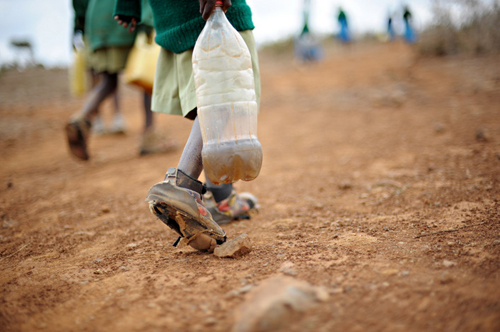
The HIV/AIDS epidemic has destroyed the social fabric and extended family safety net for a lot of impoverished children in Lusaka, Zambia. In 1999, the BBC reported, “Children are sent out onto the streets to earn a living, or treated cruelly by relatives already struggling to support their own families, or simply abandoned by parents, who cannot afford to feed and clothe them.” Moreover, some of these children found a new way to deal with their harsh realities, turning to a cheap and disgusting drug called jenkem.
The drug is made by scooping fecal matter out of raw sewage, putting it in plastic bottles with urine, and, in most cases, covering it with a balloon. The mixture is then left to ferment in the sun for a few hours or days while noxious methane gas forms at the top of the bottle and collects in the balloon, which the children then huff to get high.
Jenkem causes intense hallucinations, with users reporting that it is stronger than cannabis or even solvents. “With glue, I just hear voices in my head,” said a 16-year old Zambian boy named Luke Mpande. “But with jenkem, I see visions. I see my mother who is dead and I forget about the problems in my life.” Besides the fact that the drug causes extreme hallucinations, users are at higher risk of contracting salmonella, hepatitis A, diarrhea, and pinworm infection.
Inhaling jenkem cuts off oxygen to the body, leading to fainting, brain damage, and even death. And the drug may even damage bone marrow. In 1999, Nason Banda, of the Drug Enforcement Agency in Zambia, said, “It’s unimaginable. It hits right at the heart to see a human being coming down to a level, to be able to dip his hand into a sewage pond, picking out the material and not caring about anything but the feeling of getting high.”
9. Purple Drank
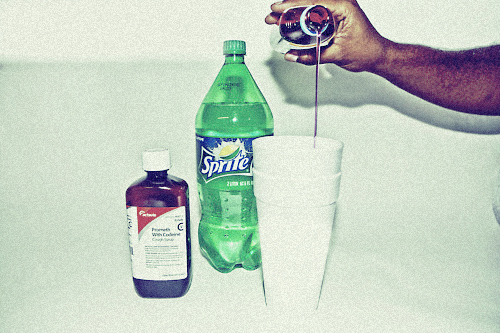
Purple drank, also known as sizzurp, purple jelly, Texas tea, and lean, is a concoction made by combining prescription strength cough syrup, soft drinks like Sprite or Mountain Dew, and Jolly Ranchers. These are, of course, all items that are pretty easy for anyone to get hold of. Although different types of cough syrup are used, the most popular is promethazine-codeine, which combines codeine and promethazine with an antihistamine and a narcotic. High doses can cause weakness, extreme sleepiness, and an inability to breathe properly, which could result in fatal respiratory or cardiac arrest. And when mixed with alcohol, the drug’s effects are even more dangerous.
Purple drank gained popularity in the 1990s when high-profile rappers were accused of glorifying its use. DJ Screw, one of the rappers who promoted the drug, died from a lethal combination of alcohol, codeine, and promethazine. The drug is also thought to have factored into the deaths of rappers Big Moe and Pimp C. And what’s even worse is that legal drinks based on purple drank – like Drank, Lean, and Purple Stuff – have been made and sold commercially.
Dr. Ronald Peters, Jr., of the University of Texas Health and Science Center, says that the commercial version could serve as a gateway to the real thing because it’s being marketed to young people. It’s “the worst thing I’ve ever seen on the street since the making of candy cigarettes,” he says.
8. GHB
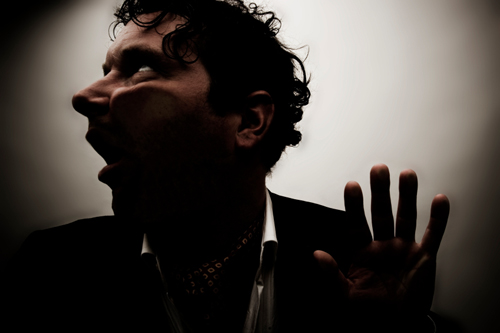
GHB stands for gamma-hydroxybutyrate. It’s also known as liquid ecstasy, and grievous bodily harm. Essentially, it’s a central nervous system sedative drug that can be made in the kitchen. This simple combination of a paint-stripper/pesticide called GBL and lye can cause everything from nausea and seizures to comas and death. Since the drug is often made at home, the potency can vary dramatically, making it all too easy for users to overdose. It’s also known as a date rape drug in view of its tendency to reduce people’s inhibitions.
The Clinical Textbook of Addictive Disorders says, “GHB induces a pleasant state of relaxation and tranquility. Frequently reported effects are placidity, sensuality, mild euphoria and a tendency to verbalize.” However, overdoses can cause the potentially lethal combination of unconsciousness and vomiting. According to Security Services UAS, when combined with alcohol, GHB “could easily lead to complete respiratory failure and coma.”
Among the most prominent cases involving GHB was that of Samantha Reid, a 15-year-old girl from Rockwood, Michigan who died in 1999 as a result of GHB poisoning. Her death led to the passing of the “Hillory J. Farias and Samantha Reid Date-Rape Drug Prohibition Act of 2000.” The legislation, named after Reid and an earlier victim of GHB, categorized the drug as a Schedule 1 controlled substance.
7. Devil’s Weed
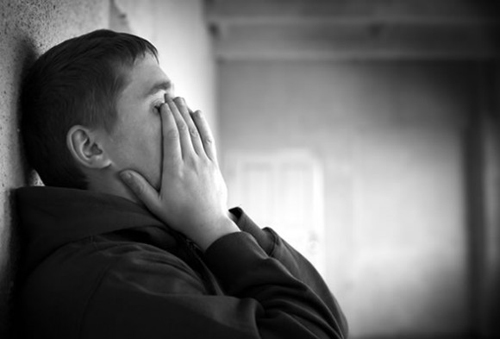
Devil’s weed refers to the plant Datura stramonium, which is a member of the nightshade family. People have used it since ancient times to communicate with the spirit world, as it produces visions that are said to last for days. The seeds and leaves of devil’s weed contain a drug called atropine which, according to Brazilian Humanitarians in Action (BRAHA), can be deadly: “There is not a maximum dose per person because it depends on the physical characteristics of the consumer so any quantity can be lethal,” say BRAHA. The leaves are also often used in rat poison.
Spanish newspaper The Olive Press reports that, when combined with drugs and alcohol, devil’s weed attacks “the cardiovascular system in some cases causing a heart attack.” In 2011, two 18-year-olds died after consuming a drug made from the leaves at a rave in Getafe, Madrid. The dealer had been making the drug at home and giving it away for free. To prevent further such tragedies, the mayor of Getafe asked municipal staff to destroy any of the plants they come across.
6. Crunk

In January 2012, Hawaiian Geraldine Gohier woke up in the middle of the night to discover that her boyfriend, Chucky Dias Oliveira III, was purple. He had died from using crunk. The homemade drug has become a scourge in Hawaii, where it is popular with school children.
Much like purple drank, crunk is a mixture of lemon-lime soft drink and cough syrup. However, in this case the cough syrup is over-the-counter strength, and crushed prescription painkillers are added. This deadly combination is sickeningly sweet and apparently highly addictive, producing what officer Robert Steward of the East Hawaii Police calls “a whoozy euphoria.” The Hawaii Tribune Herald says that overdoses of crunk “can lead to difficulty breathing, loss of consciousness and death. And prolonged exposure to the painkillers can do lasting damage to one’s liver and other organs.” Oliveira only used the drug for a week, proving just how lethal it can be.
Teens obtain the prescription drugs from family medicine cabinets, friends, or drug dealers. And whether or not kids are mixing the concoction with cough syrup and soda, prescription drug abuse can be dangerous on its own in any case. According to Curtis Reece, who works at a Greenville, South Carolina drug rehab center, many prescription drugs can act on the body in a way similar to alcohol poisoning, interfering with the central nervous system and stopping the heart.
5. Sudafed Crystal Meth
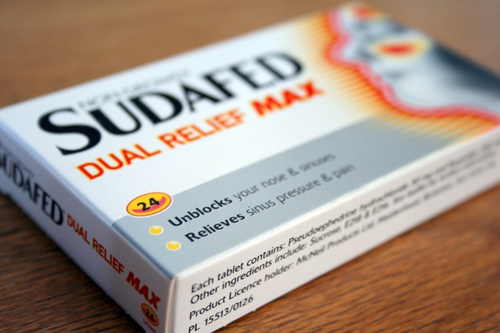
In September 2012, pharmacists in Ireland were asked to report any large sales of cold medicine, including Sudafed, to the authorities. The reason? Sudafed has increasingly been used to produce crystal meth – a lethal drug that can kill users within 18 months. According to the Irish Independent, “Users tear their skin off by constant scratching and their teeth rot from the inside out.” The drug also dramatically increases cardiac and respiratory rates and causes a rise in body temperature. And as the Irish Independent says, “It can lead to hallucinations, paranoia and bizarre, aggressive and psychotic behavior.”
The concoction is frequently made by combining cold medicine with substances such as lithium batteries, camping fuel, drain cleaner, and varnish. Older meth manufacturing techniques took more time, but newer methods simply involve mixing the ingredients together in a straightforward process often called “shake and bake,” or the “one pot process.” This makes it quicker and easier for users to make their own at home to feed their habits. And as crystal meth is highly addictive, treatment is likely to involve rehab, ideally together with support groups and cognitive behavioral therapy.
When it comes to crystal meth production, not only are the fumes toxic to inhale, but also – due to the metal in the lithium batteries – the mixture can self-ignite, resulting in fires and explosions. In 2011 alone, New York police found 45 meth labs throughout the state.
4. Cheese Heroin
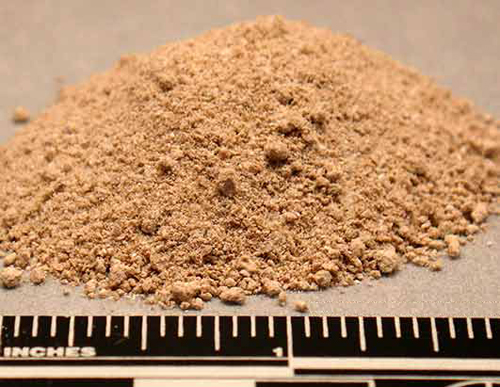
Cheese may sound relatively harmless, but in this case it’s anything but. Why? Because it’s a combination of heroin and cold medicines, such as Tylenol PM, that contain acetaminophen. Water is added to the mixture and then boiled off until the product reaches the right consistency.
The combination – which is snorted, rather than injected – has caused significant harm in Texas since the 1990s, a decade in which some 20 youngsters died from “cheese” overdoses. Usage has continued to rise, and according to Craig Nuckles at Timberlawn Mental Health Services in Dallas, each week his team sees two or three young detox patients who are hooked on the drug.
It is incredibly addictive. According to the Daily Mail, “Withdrawal symptoms start within six hours meaning addicts have to dose themselves up to 15 times per day.” What’s more, dealers intentionally market the drug towards younger consumers by decorating packets of it with cartoon characters and selling them for just $2. One 16-year-old in Dallas had been out of rehab for six months when he was found dead after an overdose. “Parents need to be scared of this stuff,” says father-of-the-deceased Dave Cannata.
3. Paco
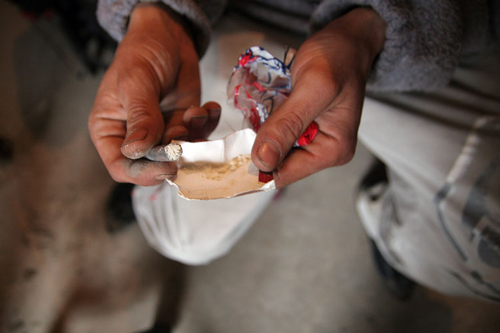
Paco is a low-grade mixture of toxic chemicals that are a by-product of cocaine. What’s more, it’s said to be both more lethal and more addictive than even crack. The Argentina Independent reports that Paco “is often mixed with such substances as sulphuric acid, kerosene, rat poison and even crushed glass.” And as these substances are widely available, it’s easy to make and can be sold cheaply. Addicts are so consumed by the drug that those around them call them “the living dead.” Eduardo Kallina, an expert on drug abuse in South America, says the drug “attacks the front part of your brain which controls your personality, your sense of right and wrong, your conscience, your aggression.”
Paco users experience intense withdrawal symptoms almost immediately. They don’t eat or drink, and the drug is so damaging to the stomach that one former user said he would vomit blood. “Even now every morning I drink a glass of water and throw it back up as my stomach has been damaged so much,” he reported. Getting off the drug proved incredibly difficult for this young man, who underwent 18 months of treatment as well as 13 weeks of counseling. Rehab was so difficult that he would cut himself to deal with the pain. According to the Argentina Independent, people take “up to 100 hits a day. [And] many addicts will go on binges spanning over three days without sleep, constantly searching for more.”
2. Whoonga
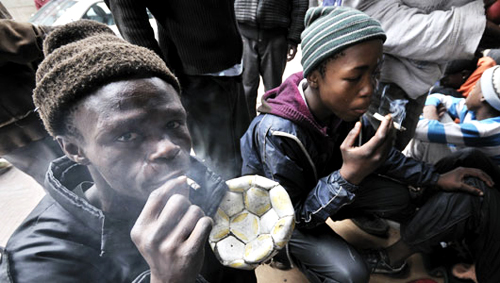
South African drug whoonga is heroin or marijuana (and in some cases a cocktail of heroin and crystal meth) mixed with anti-retroviral drugs, rat poison, and detergent powder. Not only does the drug threaten the lives of HIV/AIDS sufferers who are often mugged for their meds, but – incredibly – it even encourages some addicts to become HIV positive so that they can get the drugs for free. This is particularly heartbreaking given that there is no evidence to suggest that the HIV drugs actually enhance the hit. It’s more likely that something else in the whoonga provides the high.
Siphesihle Pakisi discovered just how dangerous whoonga could be when he witnessed his friend overdose. He “died right before my eyes last year,” recounts Pakisi. “He threw up his intestines – it was really scary I didn’t want that to happen to me.”
Jonah Hull of Al Jazeera claims, “The average jobless whoonga user needs multiple hits to get though the day, so for many crime becomes the only way to secure a regular supply.” And Vukani Mahlase, an HIV patient and recovering whoonga addict, says, “My friends and I would use guns and knives, anything at our disposal, all for a bit of money to buy the next hit.”
1. Krokodil
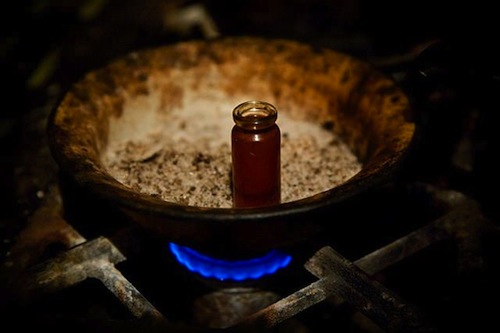
In the world of homemade drugs, krokodil might just be the most horrific concoction of them all. While drugs like K2 and bath salts can make people psychotic to the point where they attack people – tearing at their flesh with their teeth – krokodil rots the addict’s flesh off their very bones. The International Business Times reports that krokodil has triple the potency of heroin but is only a tenth of the price, which makes it a powerful draw for those who can’t afford the real thing – in spite of the consequences.
Krokodil is made up of codeine-based headache pills and household ingredients like gasoline, iodine, hydrochloric acid, paint thinner, and red phosphorus. These are mixed together and then injected. Worryingly, a 2012 study in the Ukraine found that up to 35.6% of drug users reported using krokodil.
The drug gives addicts grey, scaly flesh – which has given rise to the name “crocodile” – but from there, matters only get worse. According to the International Business Times, “Some people’s bones are even showing – people are literally rotting to death.” Sasha, a krokodil user said, “If you miss the vein, that’s an abscess straight away.”
A heroin addict in Norway who spoke to writer Knut-Eirik Lindblad has overdosed on heroin 45 times – once for each year he’s been on the drug – but he won’t touch krokodil. “This is by far the worst drug in the world,” he says. “After 40 years in the dope segment of society, I can safely say that krokodil is ten-times more dangerous than any other narcotic.”
 Follow
Follow